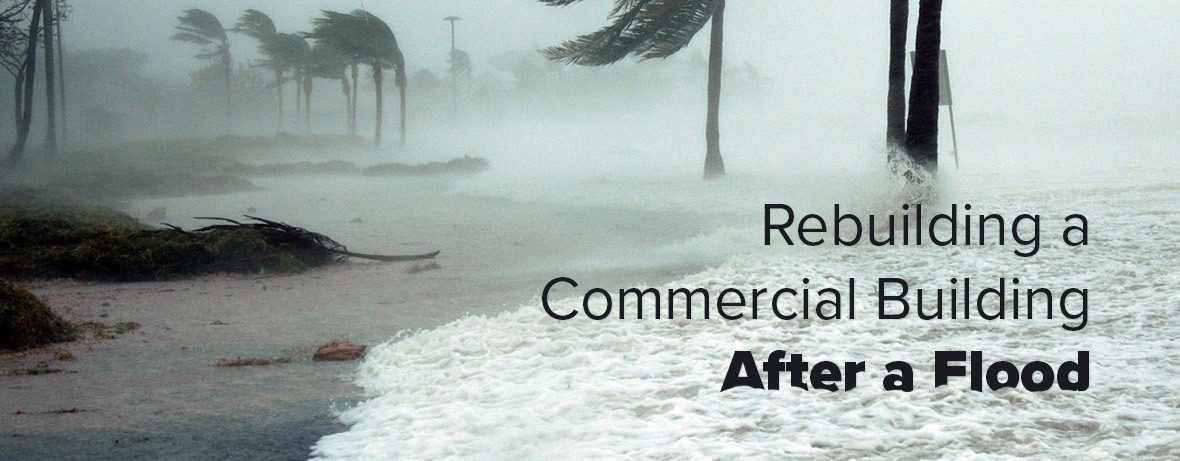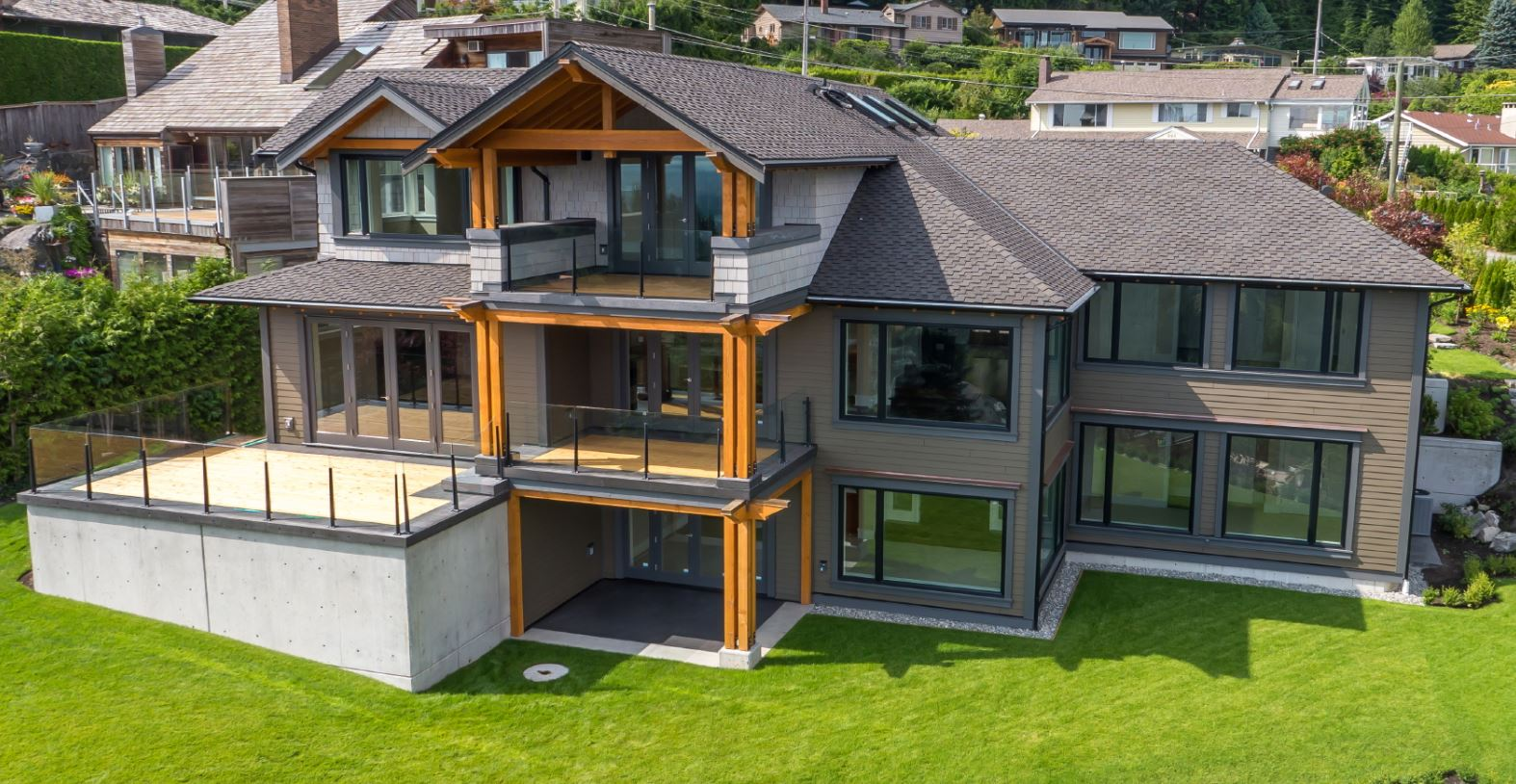
Rebuilding a Commercial Building After a Flood
Growing ICF Awareness
Anybody that knows ICF has said or heard the same thing. “What a great way to build-why don’t we see it going up everywhere?”

The Benefits of Building a Medical Facility with ICF Construction

Building a Disaster-Resistant School With Insulated Concrete Forms

3-Story ICF Construction for Homes

How Much Does It Cost to Build a Self-Storage Facility?

Top Tips for Building a FEMA Approved Storm Shelters
Fox Blocks Wall Configurator User Guide

How ICFs Provide Airtight and Fire-Resistant Common Walls for Multi-Family Buildings

ISLAND HARBOR CLUB CONDOS
The contractor needed a building solution that would provide a sustainable development that would stimulate the local economy and preserve the historic feel of the community. In addition to the environmental considerations, the commitment to private, energy efficient units was a selling point of building with Fox Blocks ICF.